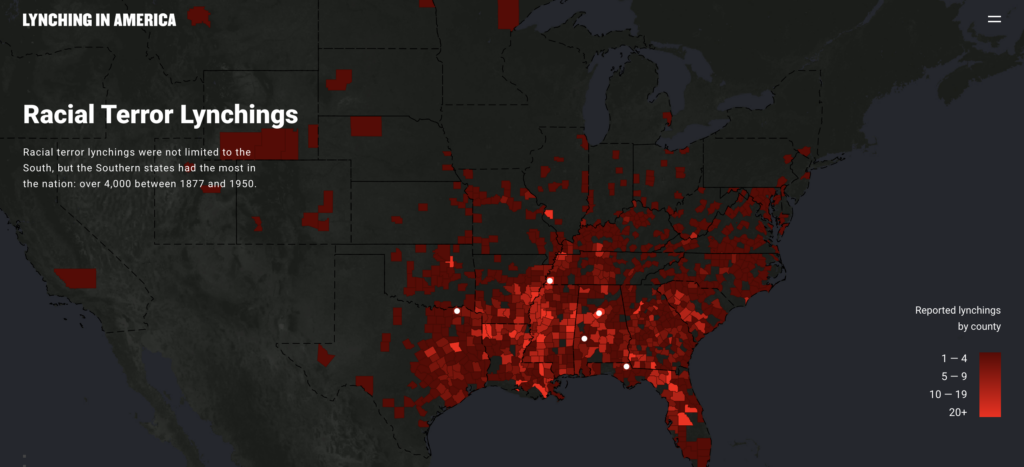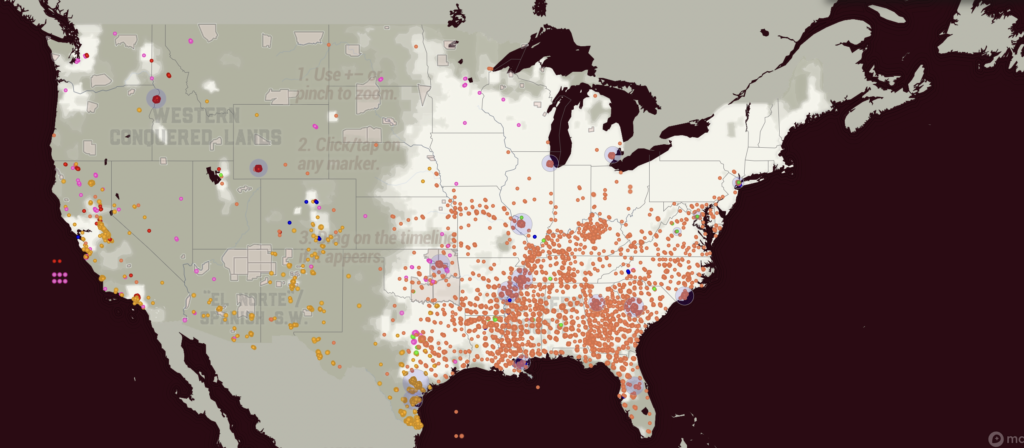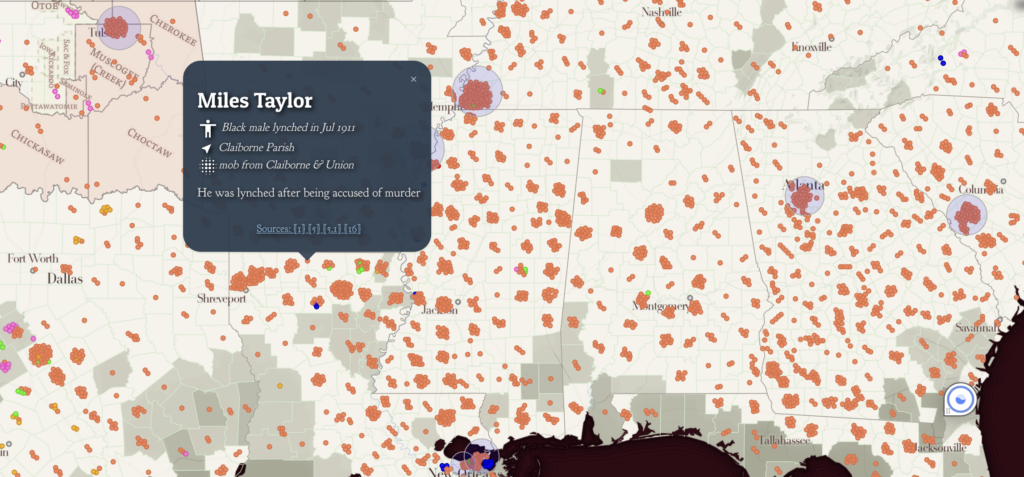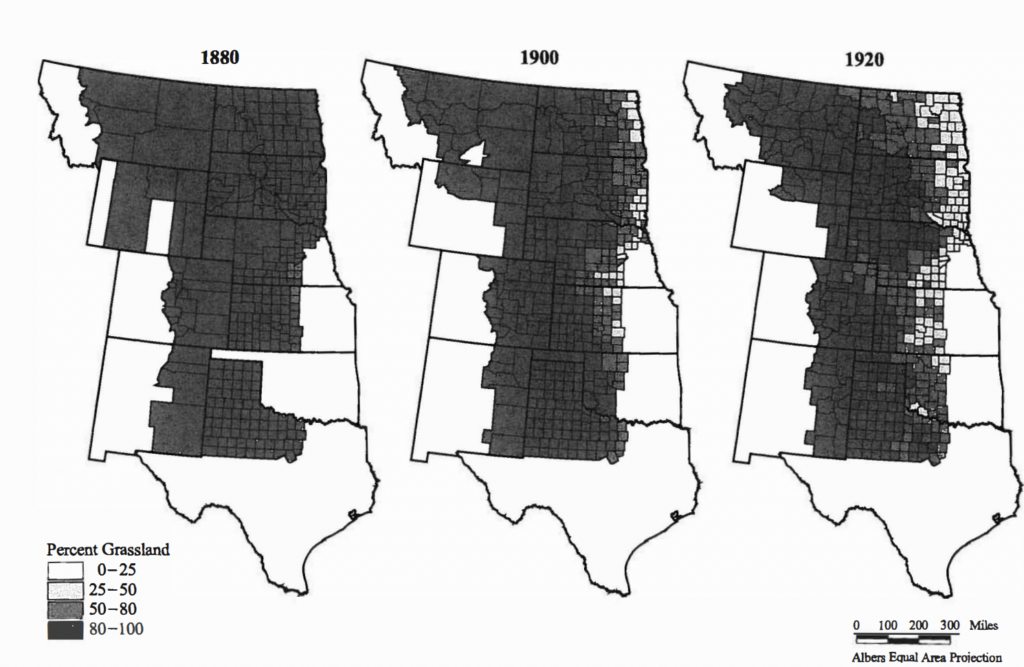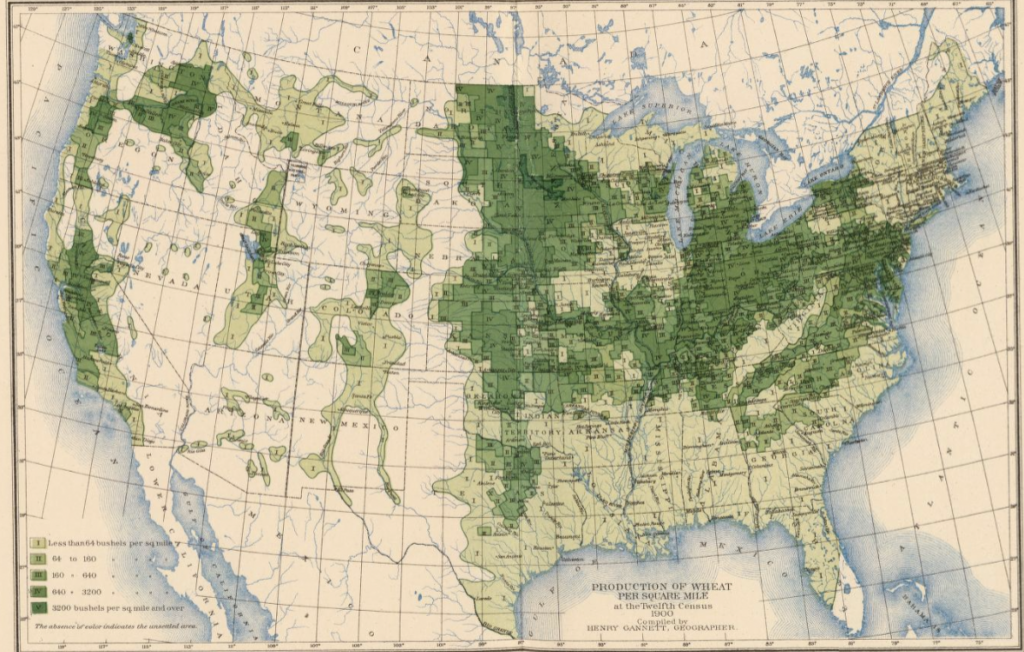Sources:
Ambrose, Stephen. Undaunted Courage. New York: Simon and Shuster, 1996.
- This book explains the narrative of the Lewis and Clark Expedition. Going into detail, this book provides the stories, triumphs, and conflicts the Corps of Discovery encountered. This book will allow me to provide context regarding information about the Native American tribes, plants and animals, the men of the expedition. This book also divides the expedition into sections, which will provide quick and easy information.
Bedini, Silvio A. “The Scientific Instruments of the Lewis and Clark Expedition.” Great Plains Quarterly 4.1.(1984): 54–69. https://lewisandclarkjournals.unl.edu/item/lc.sup.bedini.01
- This article discusses the scientific aspect of the expedition. Stemming from the Enlightenment, the expedition of Lewis and Clark made a great deal of discoveries that were new to Western Science. President Jefferson provided Lewis and Clark access to all of the most innovative scientific instruments at the time. This includes the octant, sextant, and much more. This source will allow me to understand how Lewis and Clark made their scientific discoveries.
Clark, William, Thomas W. Dunlay, Meriwether Lewis, and Gary E. Moulton. The Definitive Journals of Lewis & Clark. Lincoln: University of Nebraska Press, 2002.
- This book is the complete collection of the Journals of Lewis and Clark. This includes their thoughts on native american tribes, the land, and the events of the expedition. These accounts provide me with the ability to understand Lewis and Clark’s personal views on the expedition.
Discover Lewis and Clark. “Discover Lewis and Clark.” Accessed April 2, 2024. https://lewis-clark.org/sciences/geography/landsat-over-lolo/
- This website is a collection of different documents, writings, and images about the Expedition. This source includes biographies of the members of the Corps of Discovery, maps used/created by the Corps, and pictures of the plants and animals discovered by the Corps. This will give me a stronger and more in-depth narrative of the expedition.
Hoxie, Frederick E., and Jay T. Nelson. Lewis & Clark and the Indian Country : The Native American Perspective. Urbana: University of Illinois Press, 2007.
- This book discusses the Lewis and Clark Expedition from a different point of view. Through discussing the expedition from the Native American perspective, we see this adventure in a unique way. This book will allow me to better see how Lewis and Clark interacted with each tribe and how these interactions benefited U.S. trade.
Jackson, Donald. Letters of the Lewis and Clark Expedition, with Related Documents, 1783-1854. Urbana: University of Illinois Press, 1962.
- This book comprises the letters and records of the expedition. This includes letters to and from Thomas Jefferson and records of plants and animals. This source will allow me to understand the expedition from a diplomatic perspective. These letters and records will help me better understand the motives and repercussions of the expedition.
Larsell, O. “Medical Aspects of the Lewis and Clark Expedition.” Oregon Historical Quarterly 56, no. 3 (1955): 211–25. http://www.jstor.org/stable/20612203.
- This journal will allow me to understand the expedition’s effect on medicine. This source provides me with information as to the techniques and observations produced from the expedition.
Outright, Paul Russell. Lewis and Clark: Pioneering Naturalists. Urbana: University of Illinois Press, 1969.
Peterson, Merrill D. etd., Thomas Jefferson:Writings. New York: Literary Classics of the United States, 1984.
- This source contains letters and writings written by President Thomas Jefferson. This book contains letters written to Merriwether Lewis in regards to the expedition. This book will allow me to better understand Thomas Jefferson and his scientific motives.
University Nebraska-Lincoln. “Lewis and Clark Journals – Maps.” Accessed April 2, 2024. https://lewisandclarkjournals.unl.edu/images/maps
- This source contains the map that were used and created by Lewis and Clark. These maps showcase the rivers, mountains, and plains that crossed the expedition’s path. This source will allow me to view the expedition from above. It will also provide a great base map for my project.
Data:
Discover Lewis and Clark. “The Astronomy Notebook.” Accessed April 2, 2024 https://lewis-clark.org/sciences/geography/celestial-data/astronomy-notebook/
- This source provides celestial data from the observation of Lewis and Clark. This data contains details of longitude and latitude, river points, and much more. This source will allow me to better understand the use of scientific observation during the expedition.
Discover Lewish and Clark. “Landsat over Lolo.” Accessed April 2, 2024 https://lewis-clark.org/sciences/geography/landsat-over-lolo/
- This data provides satellite images of the Lewis and Clark Trail. This data highlights the river routes and the overland routes the expedition traveled on. This data will allow me to understand the expedition from a modern viewpoint. I will be able to see how the land has changed since the expedition.
Laliberte, Andrea S, and William J. Ripple. “Wildlife Encounters by Lewis and Clark: A Spatial Analysis of Interactions between Native Americans and Wildlife.” Bioscience 53, no. 10 (2003): 994–1003. https://go.gale.com/ps/i.dop=BIC&u=creighton&id=GALE|A109405712&v=2.1&it=r&sid=summon
- This source provides data that highlights the population of different wildlife species along the expedition’s route. These animals include buffalo, elk, and several other species. Many of these species were new to Western Science. This data will allow me to better understand the different regions that the Corps traveled through.
Native Land Digital. “Native Land.” Accessed April 2, 2024. https://native-land.ca/
- This source shares the land of every Native American tribe, specifically the region in which the Corps of Discovery traveled. This source will allow me to understand the geographic nature of the expedition in relation to Native Americans. This will also help me understand Native American trade relations.
Preston, Vernon. Lewis and Clark: Weather and Climate Data from the Expedition Journals. 1st ed. Vol. 6. Boston, MA: American Meteorological Society, 2007.
- This book discusses the weather and climate observations of Lewis and Clark. This data showcases the climate of the plains, mountains, and the Pacific Northwest. Using this data, I could visualize Lewis and Clark’s impact on our understanding of todays climate.
United States Census Bureau. 1860 Census: Agriculture of the United States. Data.Census.Gov <https://www.census.gov/library/publications/1864/dec/1860b.html>, 1860.
- This Census Bureau data showcases the Agriculture production in 1860. This data highlights crop production, farm acreage, and cattle. This data will allow me to visualize the growth of the American West as a result of the expedition. I will use the journals and observations of Lewis and Clark to note the men’s view of the land.
United States Census Buerau. 1900 Census: Volume I. Population, Part 1. Data.Census.Gov <https://www2.census.gov/library/publications/decennial/1900/volume-1/volume-1-p5.pdf>, 1900.
- This Census Bureau data showcases population movements in 1900. This data shares the population and settlement increase within the United States. This data will help me discover how the expedition impacted American expansion. I will look at all the states and territories that thye Corps traveled through.
United States Census Bureau. 1900 Census: Volume V. Agriculture, Part 1. Data.Census.Gov <https://www.census.gov/library/publications/1902/dec/vol-05-agriculture.html>, 1900.
- This Census Bureau data showcases the Agriculture production in 1860. This data highlights crop production and cattle. This data will allow me to visualize the growth of the American West as a result of the expedition. I will use the journals and observations of Lewis and Clark to note the men’s view of the land.
United States Census Bureau. 1900 Census: Volume V. Agriculture, Part 2. Data.Census.Gov https://www.census.gov/library/publications/1902/dec/vol-06-agriculture.html>, 1900.
- This Census Bureau data showcases the Agriculture production in 1860. This data highlights total farm acreage and total farms in each state. This data will allow me to visualize the growth of the American West as a result of the expedition. I will look at all the states and territories the Corps traveled through. I will also use the journals and observations of Lewis and Clark to note the men’s view of the land.
University Nebraska-Lincoln. “Lewis and Clark Journals: Images of Plants and Animals”. Accessed April 2, 2024. https://lewisandclarkjournals.unl.edu/images/plants_animals
- This source provides the names of every plant and animal the expedition encountered. This source also provides a detailed description of these discoveries. This data will allow me to better understand the impact of the Corps’ botanical and wildlife discoveries.


